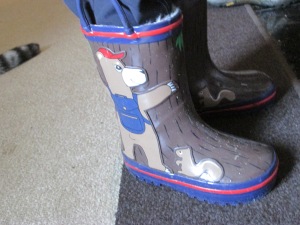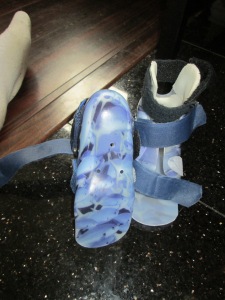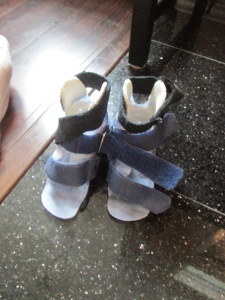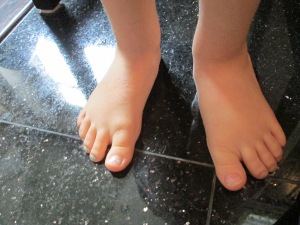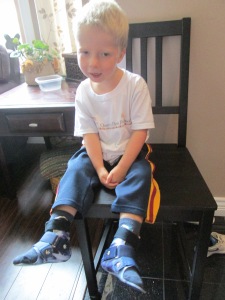How amazing is this…
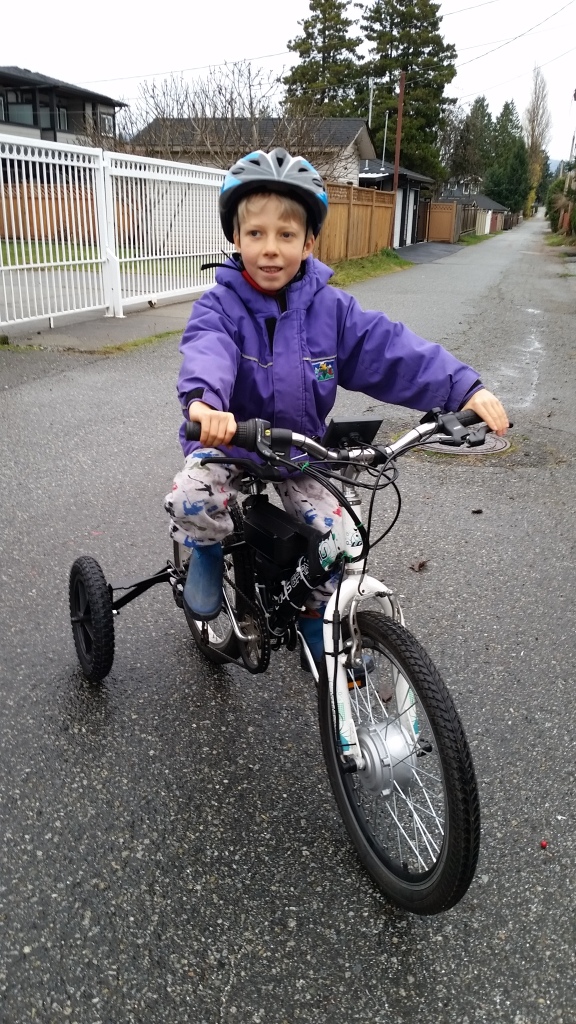
The journey to finding Henry a bike starting over a year ago, in the fall of 2016. Henry was rapidly outgrowing his toddler bike, and the seat was already raised up well above the safe limits. However Henry wasn’t strong enough to peddle a larger bike, and he so wanted to ride along with his brother. So we kept pushing the limits and I kept hoping inspiration would strike for what to do next. The seat post never broke, but Henry’s legs got so long it was impossible for him to ride the toddler bike anymore.
He went one summer not riding anything, as he was so frustrated trying to use a bike that matched his height. We used trail-a-bikes as a family, which he loves, but it broke my heart to not have a bike for him to ride. So the search began…
I spent close to a year researching and visiting any organization I could think of. Among the many places I contacted were Sunny Hill Health Centre for Children, Bikes for All, Freedom Concepts, E Special Needs and Adaptive Mall. If you know someone needing an adaptive bike or other adaptive equipment, everyone we met from these various organization were amazing!
But the challenge soon came clear – Henry isn’t “disabled” enough!
There are some amazing adaptive bikes and trikes available, but Henry doesn’t need that much support. He can ride a typical bicycle, he just doesn’t have the muscle strength to turn the wheels, nor the core strength to ride with two wheels.
This epiphany (and yes it was a major Ah-Ha moment!) led me down a completely different path… motors!
But this was not simple. Ask someone in a bike store what they think about a 7 year old on an electric bike and you get worried responses. Toss in that he has a physical disability and apparently people think you’re crazy.
As life often does, inspiration came from an unlikely place. Our local elementary school hosts a bike fair in the spring, and in 2017 the wonderful folks at OHM Bikes volunteered to host the repair tent. And we met Liam…
And Liam met Henry…
And Liam said yes!
It might very well have been the happiest day that year! It was the first time someone actually met us and looked at Henry and said… yes, I think we can do that.
As it turned out, they couldn’t. But not due to any lack of trying! Their battery and motor system simply didn’t fit on the size of bike Henry needs. But it was a start. It was acknowledgment that I wasn’t crazy… this might work… and it might be brilliant!
And it gave me the push I needed to keep going. Shawn got more involved and started talking to people he knew through HUB and the Vancouver Bike Club, and based on what he learned, he started researching online. And then he found E Bike BC.

Ali and his team at E Bike BC talked to us, learned about what we wanted to accomplish and said Yes!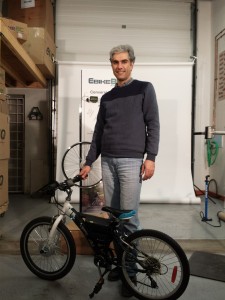
E Bike BC offers electric conversion kits, meaning you turn your existing bike into an electric bike, with the help of their know-how and components. They had never worked with a child’s bike before, so they spent countless hours researching and finding parts to fit. Their components are modular, so the battery pack could be designed to fit Henry’s bike and they even custom made some parts, so the battery pack could fit low down in the bikes centre, so the bike wouldn’t be too top-heavy.
Shawn put in a lot of hours at this stage, working with Ali to ensure the bike worked as we needed it to, and doing adjustments on the hand brakes and other parts to ensure Henry could use it effectively. The technical details aren’t my specialty, but if anyone wants more information, please do not hesitate to contact us and I’ll ask Shawn to respond!
So, now we had a bike with a motor… but Henry needs training wheels in order to ride. Typical training wheels are designed to transition a child to two-wheel riding. As such, they are not flush with the ground, and most can be slowly adjusted higher until a child no longer needs them.
But Henry needs a set of good, solid wheels – and I found Fat Wheels!

Fat Wheels Adaptive Training Wheels are adaptive training wheels for children and adults needing additional balance to ride a bike, whether it be a person with a disability, an older adult or anyone who wants to ride a bike without the fear of falling.
What is great is the whole system can grow with him, with relatively little cost. The adaptive training wheels can be moved to larger bikes (although eventually he will need to go to a larger size). The electric assist motor can be moved also, with only the front wheel (where the actual “power” is) needing to be replaced (since the wheel is specially made with this built in). The battery pack and other components can be transferred. And because Shawn is familiar with bike mechanics, we can order whatever might be needed and he could do the work himself.
Getting Henry back on a bike and riding independently has been our biggest goal, and our biggest challenge over the past year. But seeing the sheer joy on his face the first time he rode his bike… no doubt, I’d do it all again!
Look at him go!
Financial breakdown:
Henry’s bike: $40 (used off Craigslist)
Fat Wheels Adaptive Training Wheels: ~$200.00 (including shipping from the US)
Electric Bike Conversion Kit: ~$1500.00 (including all materials, time and installation)
I choose not to pursue funding for his bike, although I was told by several people I could. Given that it is not actually an adaptive bike, it would be more challenging. And funding typically must be approved before any purchases are made. I wasn’t willing to wait. Frankly, I had enough set backs just getting the bike, that I didn’t want to go through the struggle of advocating for funding.
Cheers, Shelley

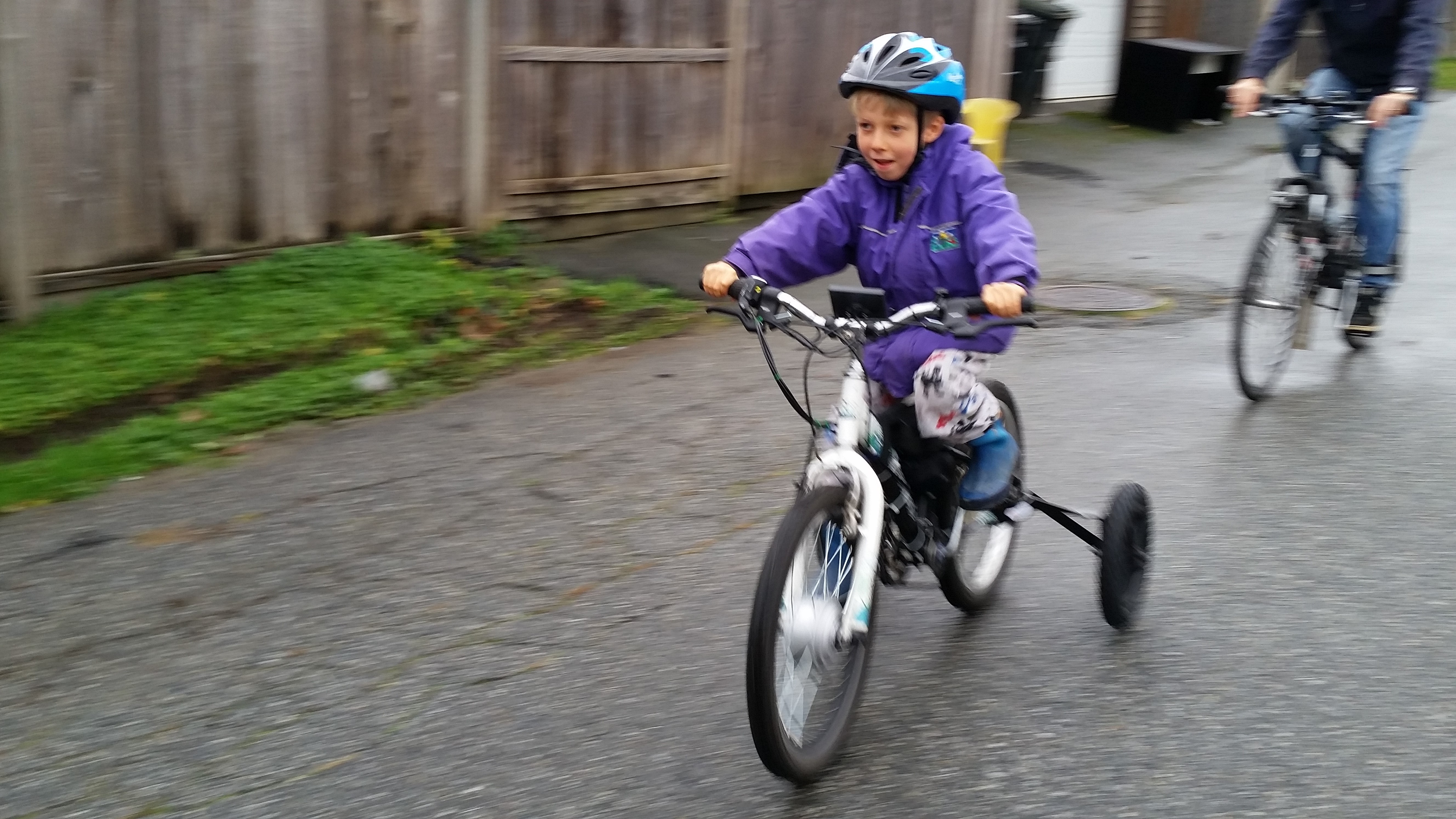
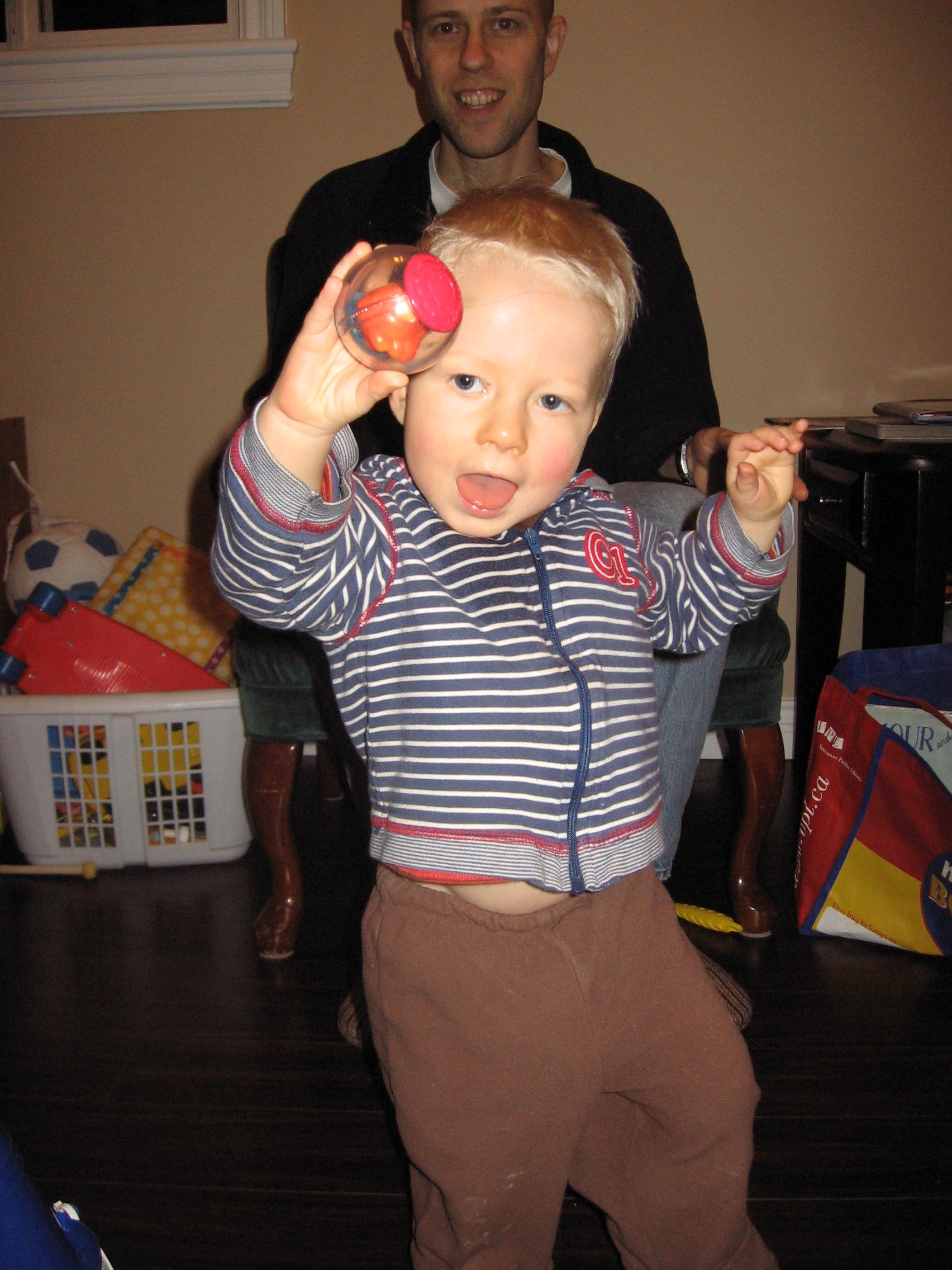




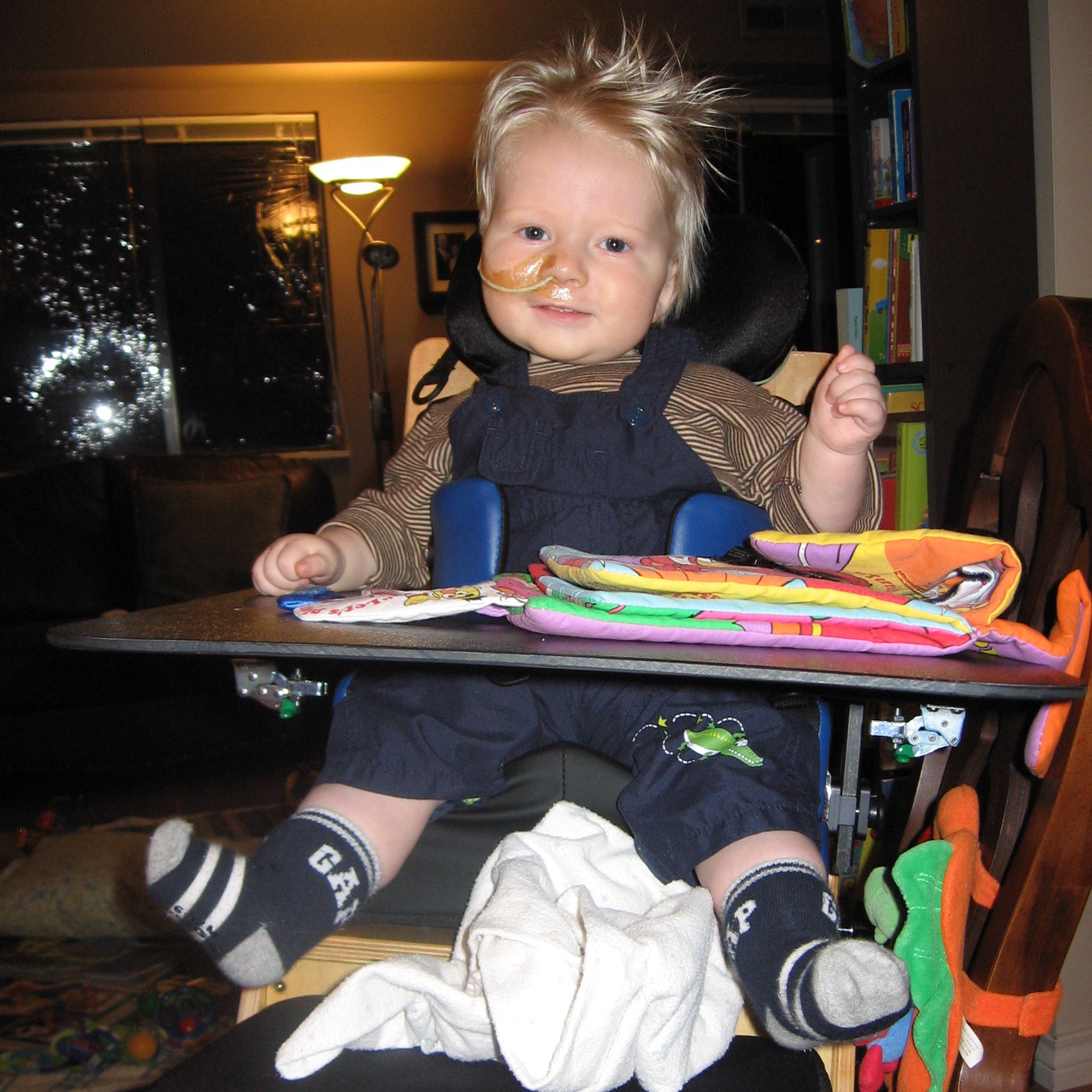









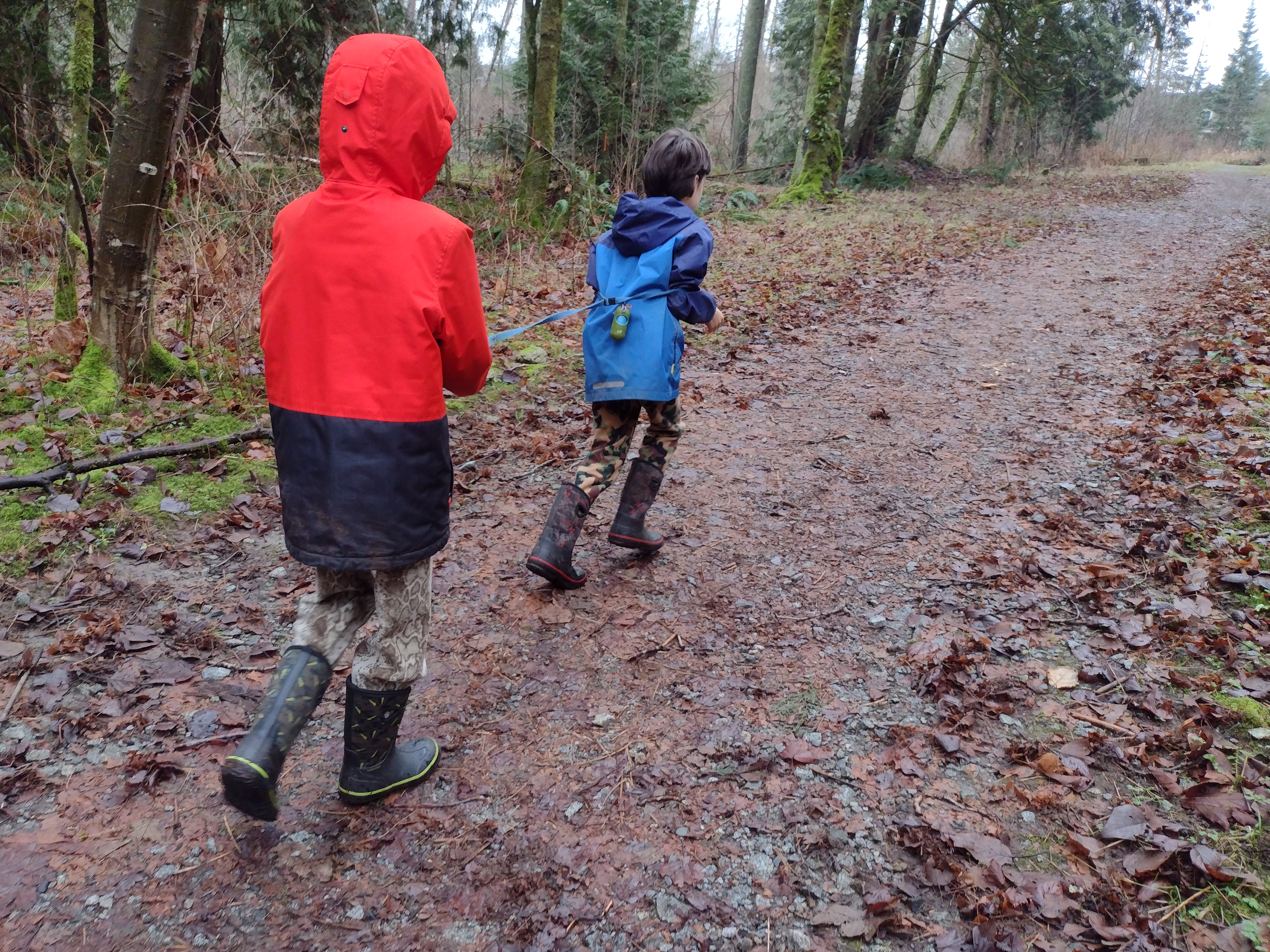

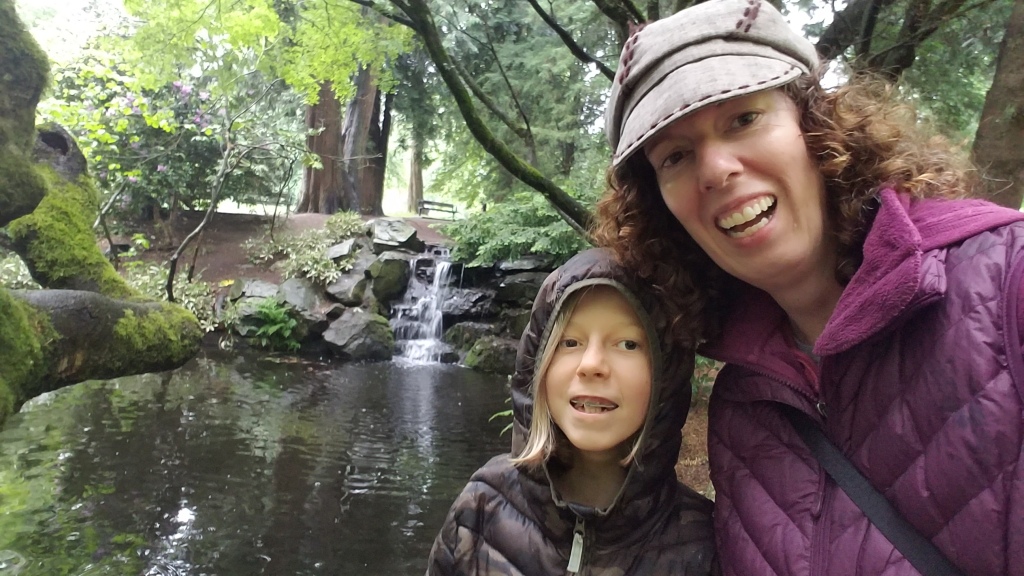

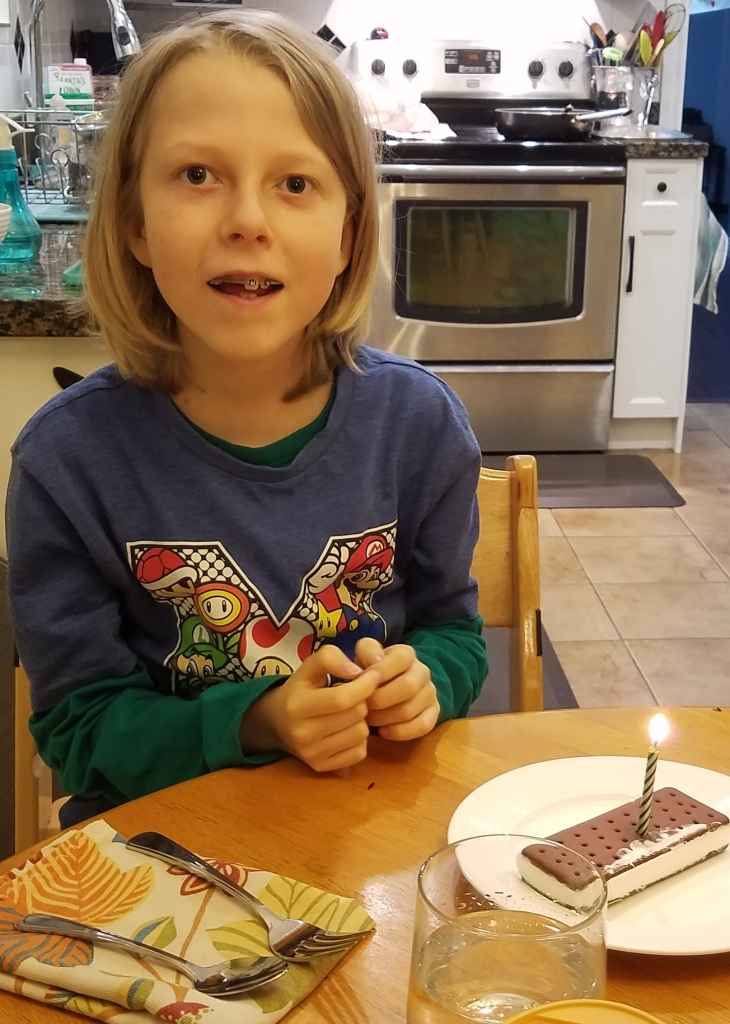










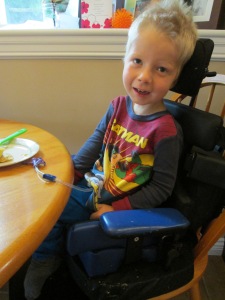
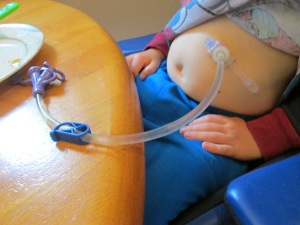
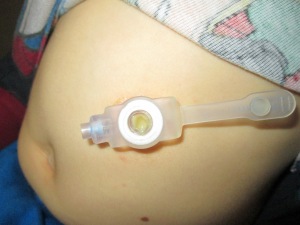
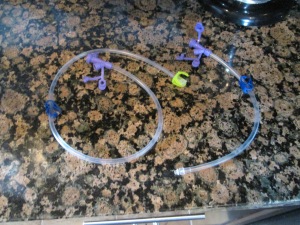
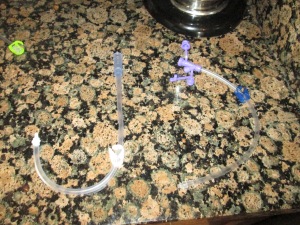
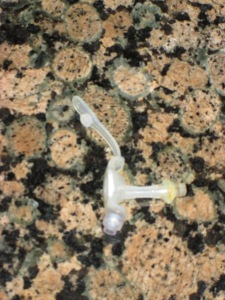

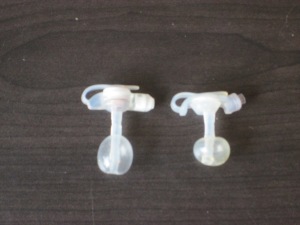
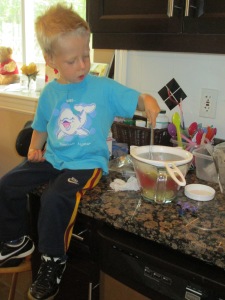
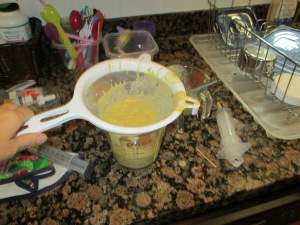

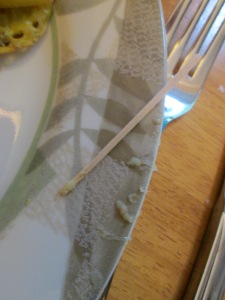

 I actually debated A LOT about getting Henry boots. He can’t wear his
I actually debated A LOT about getting Henry boots. He can’t wear his 